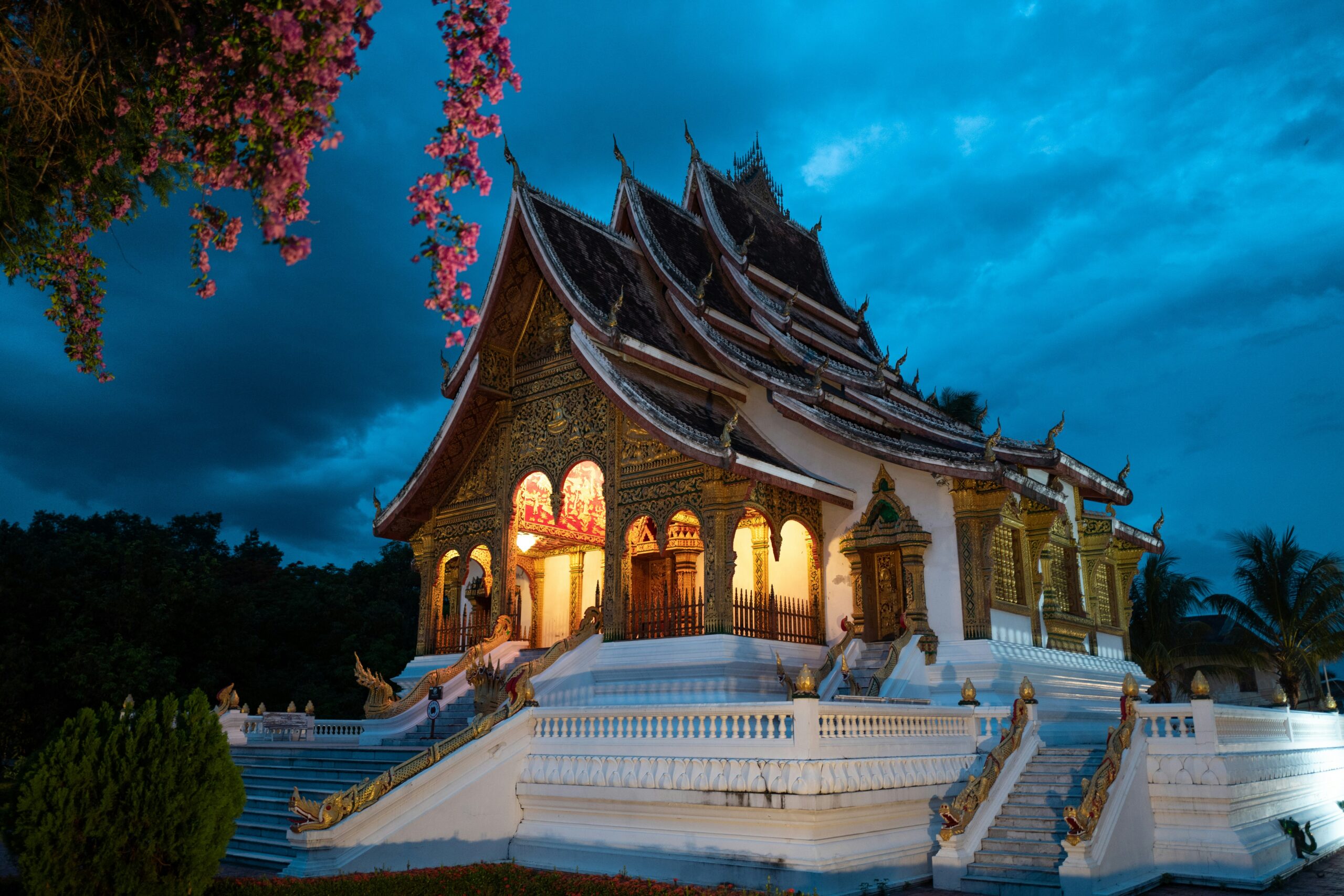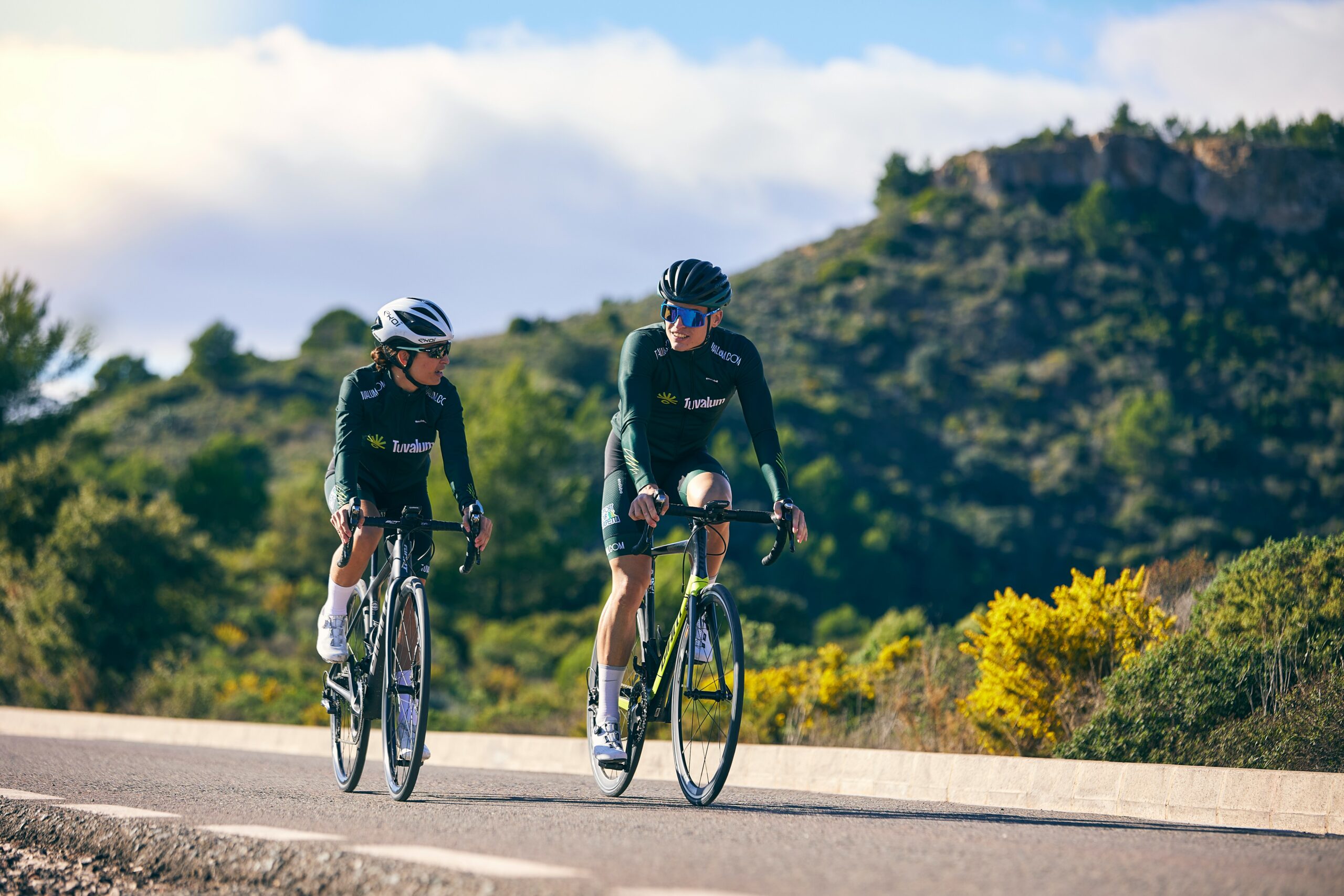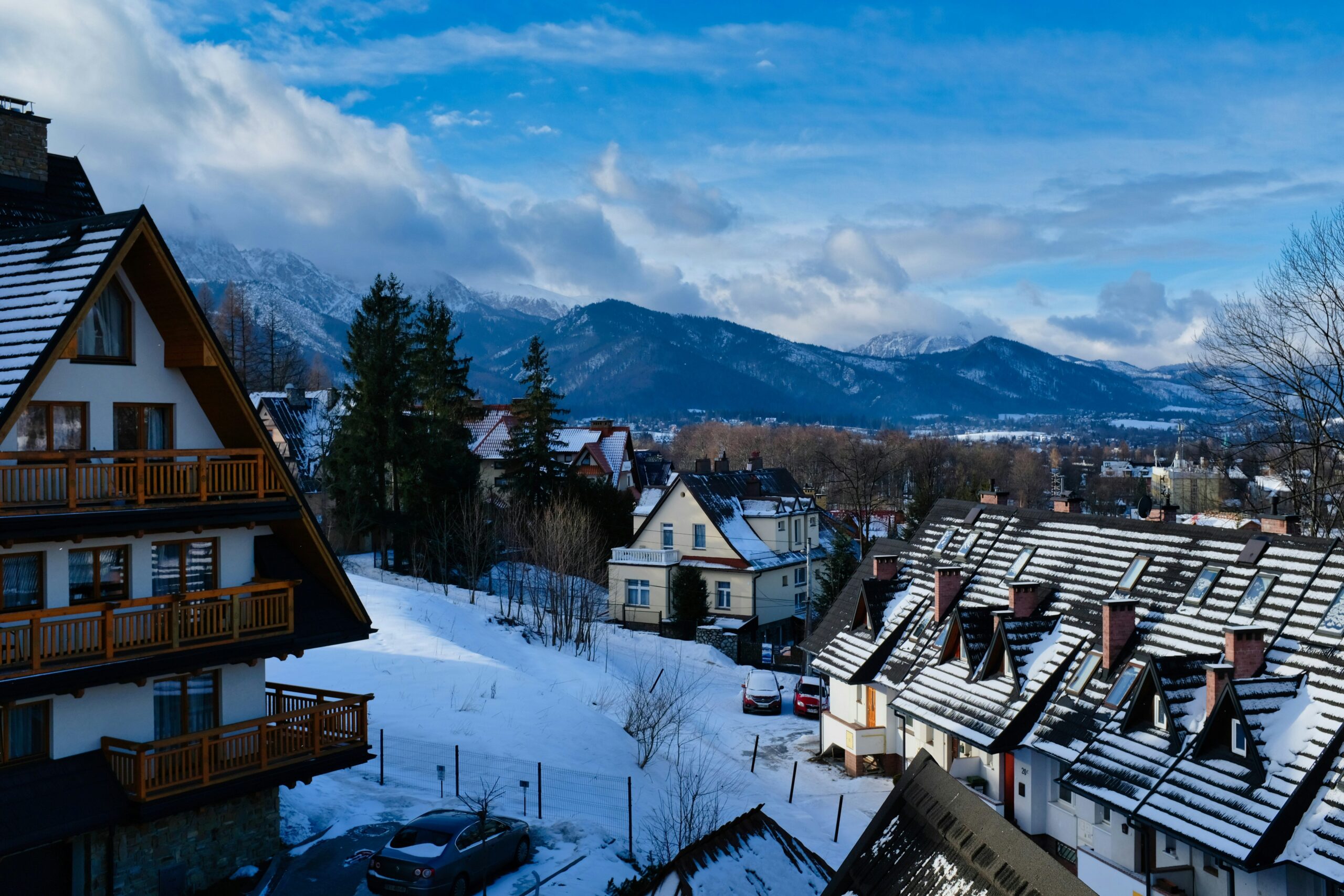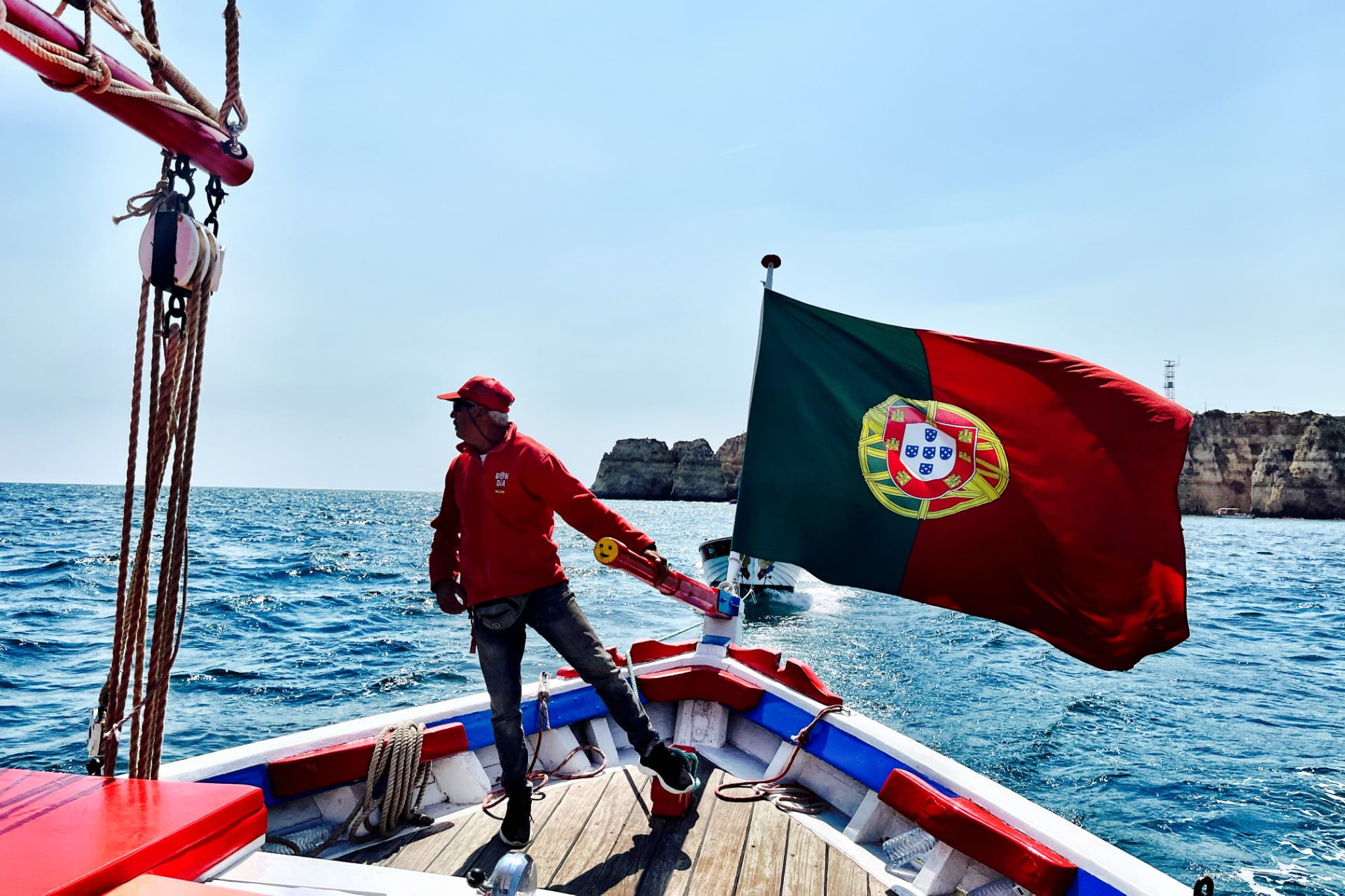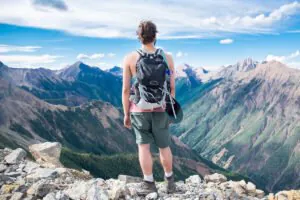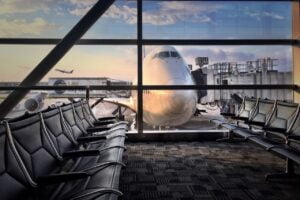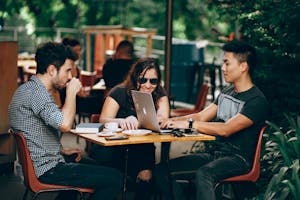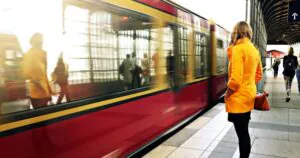Luang Prabang, Laos: Where Ancient Temples Meet Modern Coffee Culture
There’s something magical about stepping off the plane in Luang Prabang. Maybe it’s the way the morning mist clings to the Mekong River, or how the sound of temple bells drifts through streets lined with French colonial buildings. This UNESCO World Heritage city in northern Laos has mastered the art of moving slowly – and once you experience its rhythm, you’ll understand why so many travelers end up extending their stay.
Nestled between lush mountains where the Mekong and Nam Khan rivers converge, Luang Prabang offers something increasingly rare in Southeast Asia: authenticity without sacrificing modern conveniences. Whether you’re seeking spiritual connection, cultural immersion, or simply a place to slow down and breathe, this riverside town delivers an experience that lingers long after you leave.
Why Luang Prabang Captures Hearts
Walking through Luang Prabang feels like traveling through time. Buddhist monks in saffron robes glide silently past bakeries selling fresh croissants. Traditional Lao wooden houses stand alongside elegant French villas. The city’s 30+ temples create pockets of serenity throughout the compact old town, while riverside cafés buzz with conversations in a dozen languages.
What makes Luang Prabang special isn’t just its preserved architecture or spiritual atmosphere – it’s how effortlessly it balances tradition with the needs of modern travelers. Reliable WiFi reaches speeds of 20-50 Mbps in most cafés, coworking spaces offer air-conditioned retreats from the tropical heat, and you can find everything from traditional Lao cuisine to familiar Western comfort food.
For digital nomads, the city provides an unexpected bonus: a cost of living that allows you to work from beautiful spaces without breaking the bank. For travelers seeking deeper cultural experiences, the opportunities for authentic connection are endless.
Temple Hopping: A Journey Through Sacred Spaces
Luang Prabang’s temples aren’t just tourist attractions – they’re living spaces where monks still practice daily rituals unchanged for centuries. Each temple tells a different story, and visiting them becomes a meditative journey in itself.
Wat Xieng Thong stands as the crown jewel, its golden façade and intricate mosaics creating one of Southeast Asia’s most photographed temple complexes. The sweeping rooflines seem to flow like frozen waves, while inside, every surface tells stories through detailed artwork.
Wat Mai impresses with its five-tiered roof and stunning gold bas-reliefs that narrate Buddhist legends. The level of craftsmanship becomes apparent when you take time to study the intricate details – each figure carved with remarkable precision.
For something unique, Wat Visoun features the famous “watermelon stupa,” a distinctive dome-shaped structure that stands out among Luang Prabang’s traditional temple architecture.
The morning alms ceremony, known as Tak Bat, offers visitors a chance to witness Buddhist devotion in action. Monks silently collect offerings from locals and respectful tourists as the sun rises over the old town. This sacred ritual requires mindful participation – learn how to do it ethically here to ensure your presence honors rather than disrupts this beautiful tradition.
Natural Wonders Beyond the City
No visit to Luang Prabang feels complete without experiencing the region’s natural beauty. Kuang Si Falls, located 30 kilometers from the city center, creates a series of turquoise pools that seem almost too beautiful to be real. The multi-tiered waterfall system offers swimming opportunities in pristine natural pools, hiking trails to elevated viewpoints, and even a bear rescue center at the entrance where you can learn about local conservation efforts.
For a quieter experience, Tad Sae Waterfalls provides a more intimate encounter with nature. During rainy season, when water flow reaches its peak, these falls become particularly spectacular while maintaining their off-the-beaten-path appeal.
The compact nature of Luang Prabang’s old town makes it perfect for cycling exploration. Bicycle rentals cost just $2-5 per day, allowing you to meander between colonial buildings, follow riverfront paths, and discover hidden corners that walking tours might miss.
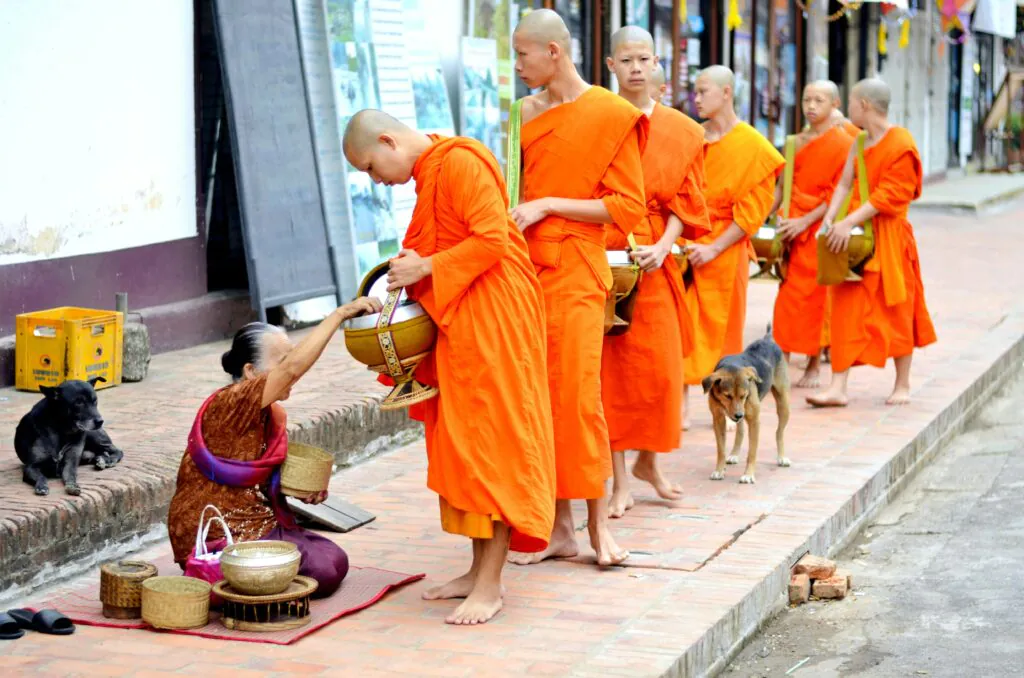
River Life and Cultural Immersion
The Mekong River serves as Luang Prabang’s lifeline, providing both practical transportation and soul-stirring sunset experiences. Evening river cruises offer front-row seats to spectacular sunsets while providing glimpses into local life along the riverbanks.
For adventure seekers, day trips to Pak Ou Caves combine scenic river travel with cultural discovery. These limestone cliffs house thousands of Buddha statues accumulated over centuries, creating an atmospheric pilgrimage site that feels both ancient and alive. Book a cruise with local operators here.
Traditional cooking classes at establishments like Tamarind Cooking School provide hands-on cultural education. You’ll learn to prepare dishes like Khao Soi (Lao-style noodle soup) and Laap (the national meat salad) while gaining insight into local ingredients and cooking techniques.
Ock Pop Tok offers textile workshops where visitors can learn traditional Lao weaving techniques. Check out their programs to discover how intricate patterns carry cultural significance and support local artisan communities.
Café Culture: Where Work Meets Wanderlust
Luang Prabang’s café scene surprises many visitors with its sophistication and reliability. These spaces have evolved to serve both leisurely travelers and location-independent workers, creating environments where productivity and relaxation coexist.
Saffron Coffee combines locally sourced beans with stunning river views and consistently strong WiFi. The elevated terrace provides perfect morning work sessions while watching life unfold along the Mekong.
Novelty Café offers modern amenities including reliable air conditioning – essential during Laos’ hot season. Their quiet atmosphere and comfortable seating make it ideal for longer work sessions or catching up on travel planning.
Le Banneton brings French bakery traditions to Luang Prabang, serving authentic croissants and pastries alongside excellent coffee. The European-style ambiance provides a change of pace from traditional Lao settings.
For dedicated workspace needs, MyLaoHome Coworking Space provides professional-grade internet, ergonomic furniture, and networking opportunities with other remote workers.
Culinary Adventures: From Street Food to Fine dining
Luang Prabang’s food scene reflects its cultural crossroads position, blending Lao traditions with French influences and international flavors.
Khao Soi represents comfort food at its finest – rice noodles in a mild, tomato-based broth topped with fresh herbs and vegetables. Each vendor adds their own twist, making it worth trying multiple versions.
Laap (Larb) showcases Lao cuisine’s fresh, herb-forward approach. This minced meat salad combines protein with aromatic herbs, creating complex flavors that change with each bite.
Mok Pa demonstrates traditional cooking techniques – fish steamed in banana leaves with fragrant herbs creates incredibly tender, flavorful results.
The Luang Prabang Night Market transforms the main street into a food lover’s paradise. Vegetarian buffets offer incredible value, while grilled skewers and fresh spring rolls provide quick, delicious meals. Prices remain remarkably affordable, with full meals costing $2-5.
For Western comfort food, establishments like Tangor and Utopia serve quality burgers and international cuisine without sacrificing local charm.
Practical Information for Modern Travelers
Safety: Luang Prabang consistently ranks among Southeast Asia’s safest destinations. Violent crime is virtually non-existent, and petty theft remains rare. Standard travel precautions suffice – secure valuables in busy markets and stay aware of your surroundings.
Internet Connectivity: WiFi reliability exceeds expectations throughout the city. Most accommodations and cafés provide 20-50 Mbps speeds, sufficient for video calls, content uploading, and remote work. Several dedicated coworking spaces offer premium connectivity for business-critical tasks.
Budget Breakdown:
- Accommodation: Budget guesthouses start at $10-15 nightly, while boutique hotels range $30-70. Airbnb options provide middle-ground alternatives with local character.
- Food: Street food costs $2-5 per meal, café dining runs $5-10, and upscale restaurants charge $15-25.
- Transportation: Bicycle rentals cost $2-5 daily, motorbikes $10 daily, and tuk-tuks charge $3-5 for local trips.
- Mobile Data: Unitel or Laotel SIM cards with 10GB data cost $5-8.
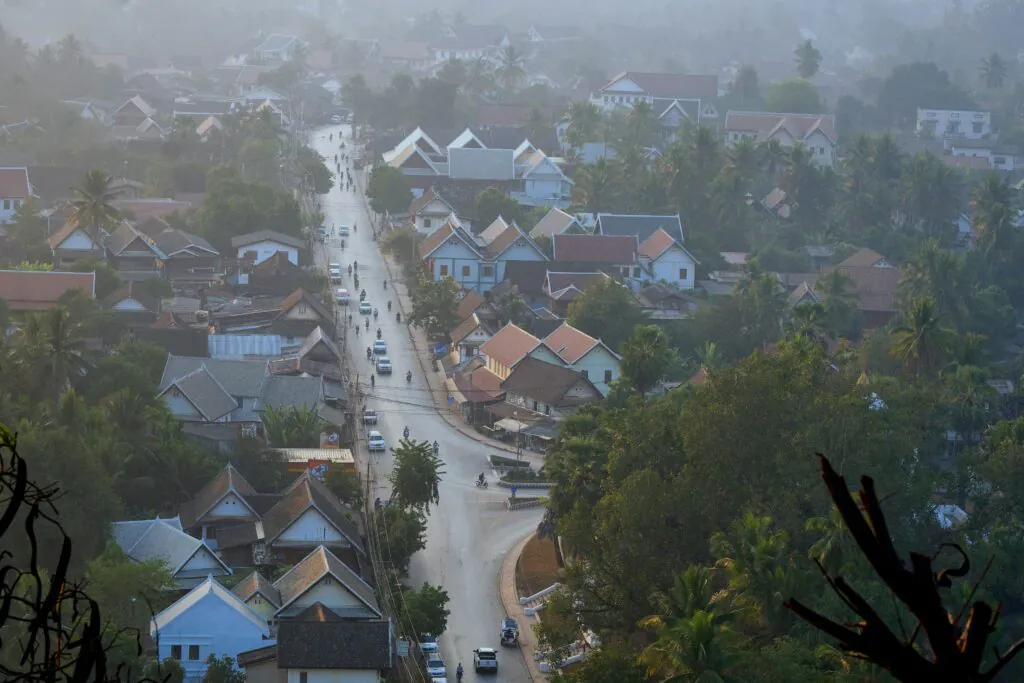
Accommodation Options for Every Style
Budget Conscious: Downtown Backpackers Hostel provides social atmosphere, cleanliness, and reliable internet in the heart of the old town.
Mid-Range Comfort: Villa Chitdara offers boutique charm with modern amenities, perfectly positioned for exploring on foot.
Luxury Experience: Satri House and Belmond La Résidence Phou Vao provide colonial elegance with pools, spa services, and exceptional hospitality.
Getting There: Journey Options
By Air: Luang Prabang International Airport (LPQ) connects directly to Bangkok, Hanoi, Chiang Mai, and other regional hubs. Flight times rarely exceed two hours from major Southeast Asian cities.
By River: The famous slow boat from Huay Xai (Thailand border) offers a scenic two-day Mekong River journey. More details here about this bucket-list experience that combines transportation with sightseeing.
By Road: Bus connections from major regional cities provide budget-friendly alternatives, though journey times extend significantly compared to flying.
Why Luang Prabang Deserves Extended Stays
In our hyperconnected world, finding places that encourage genuine slowness becomes increasingly valuable. Luang Prabang offers this rare gift – a destination where rushing feels almost impossible and presence becomes natural.
The city’s magic lies not in any single attraction but in its overall rhythm. Mornings begin with temple bells and monastery chants. Days unfold at café tables overlooking rivers or in workshops learning traditional crafts. Evenings conclude with sunset cruises and night market discoveries.
Whether you arrive planning a three-day stopover or a month-long retreat, Luang Prabang has a way of reshaping expectations. Many visitors find themselves rebooking flights, extending visas, and discovering that some destinations are meant to be experienced rather than simply visited.
This UNESCO World Heritage city proves that preservation and progress can coexist beautifully. Ancient traditions continue while modern conveniences ensure comfort. Cultural authenticity thrives alongside international accessibility.
For travelers seeking more than just another destination pin on their map, Luang Prabang offers something increasingly precious: the space and time to truly connect – with a place, its people, and perhaps most importantly, with yourself.
Related Post: How to Budget for a Digital Nomad Lifestyle
